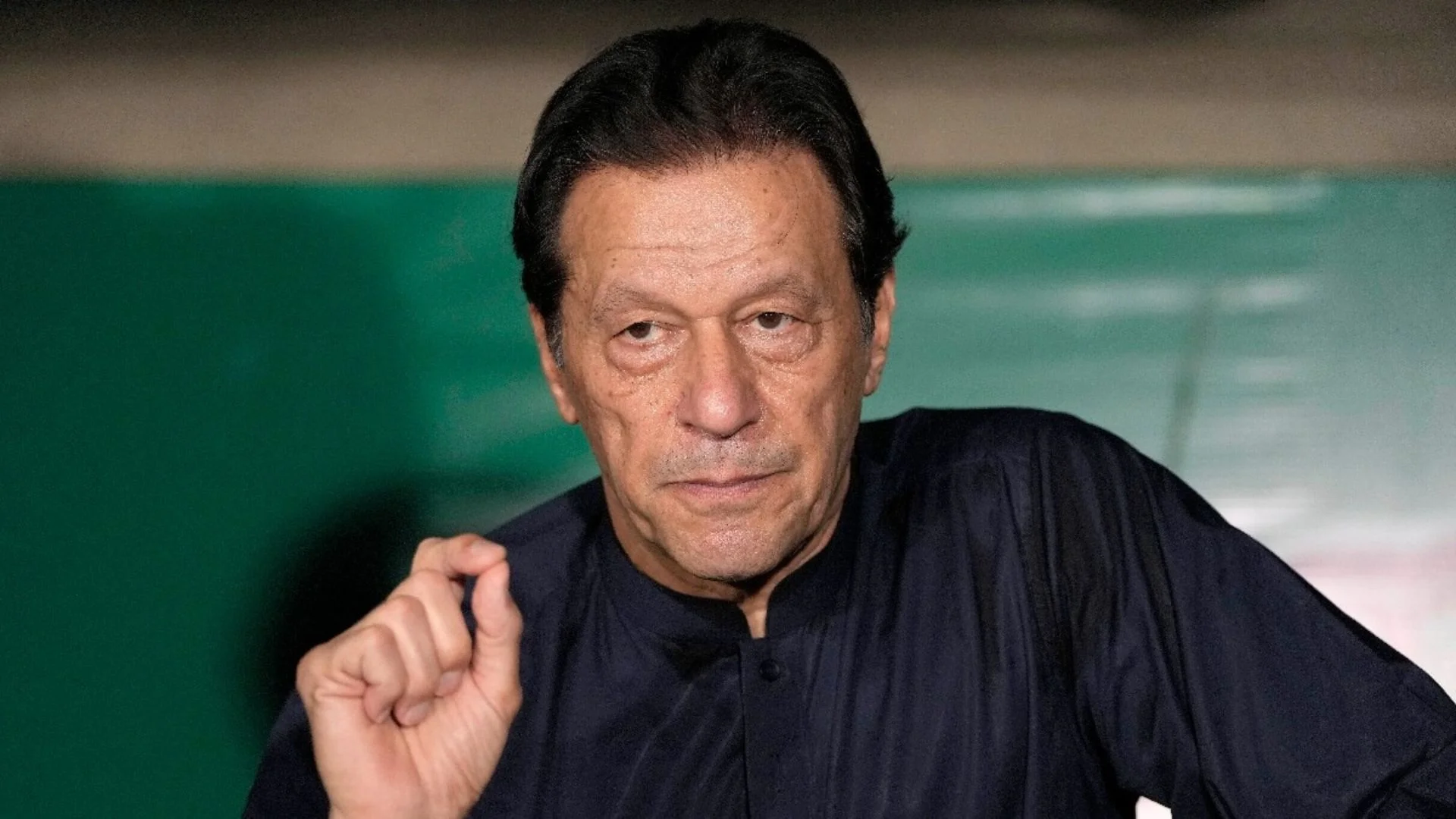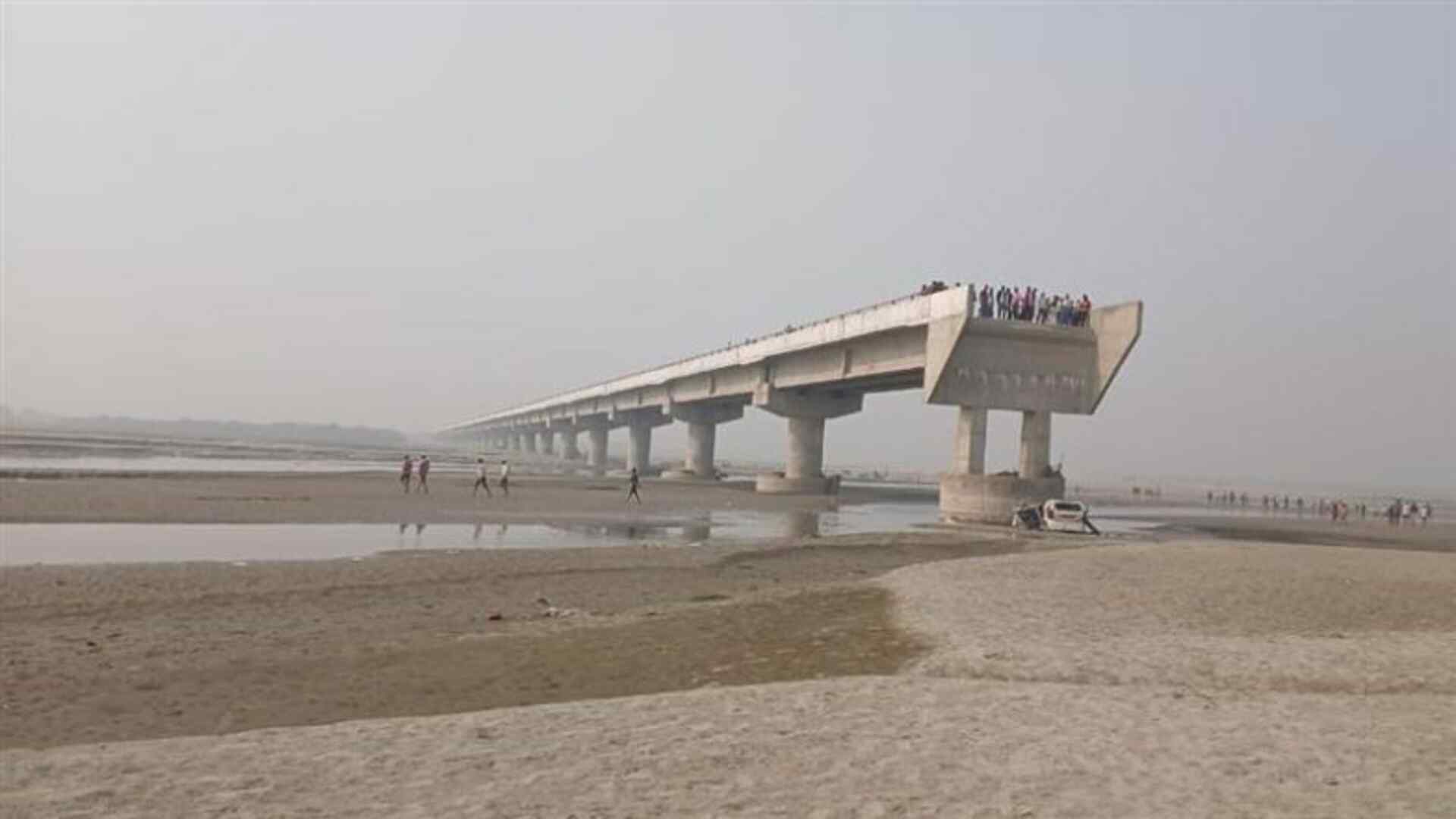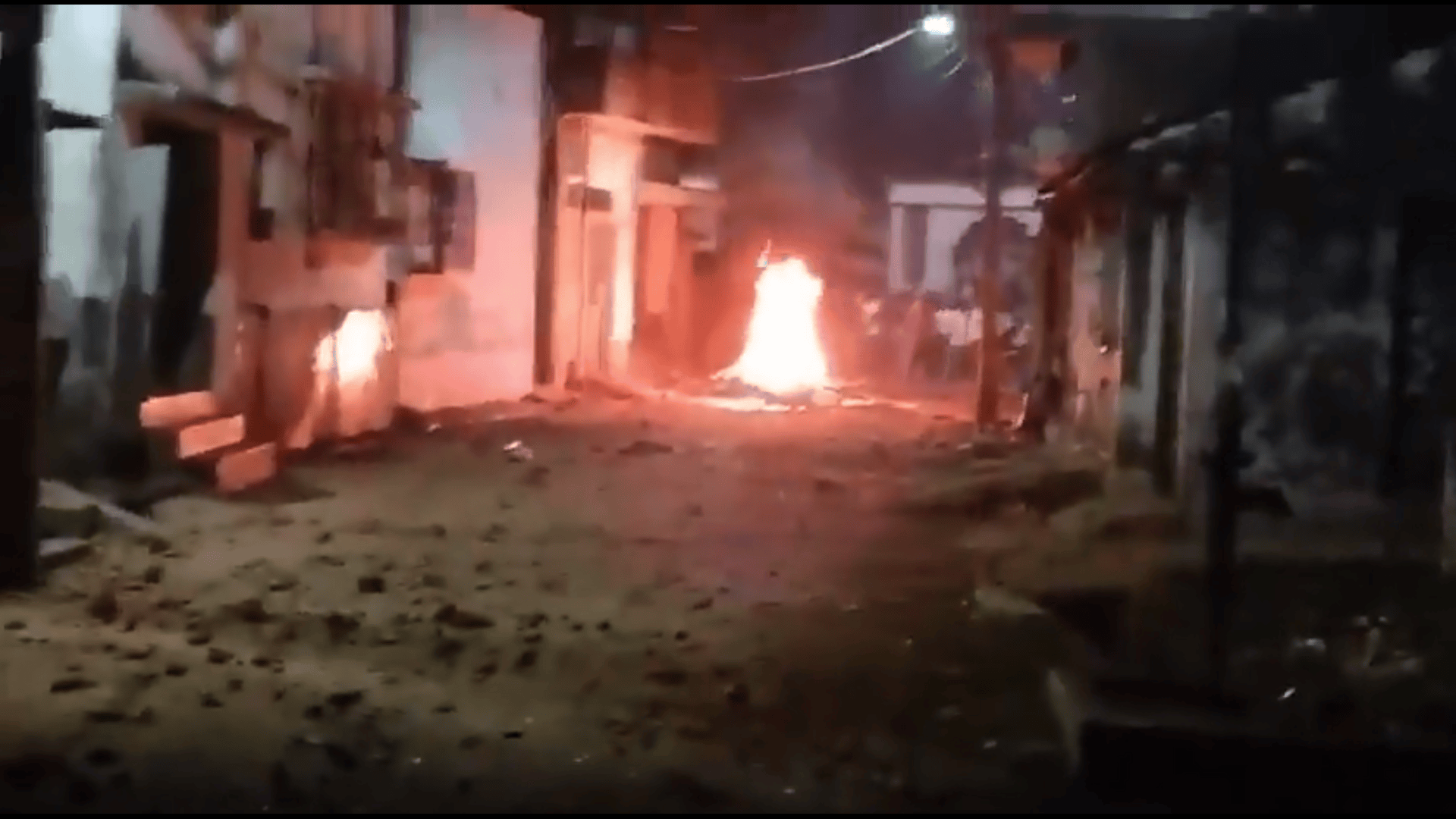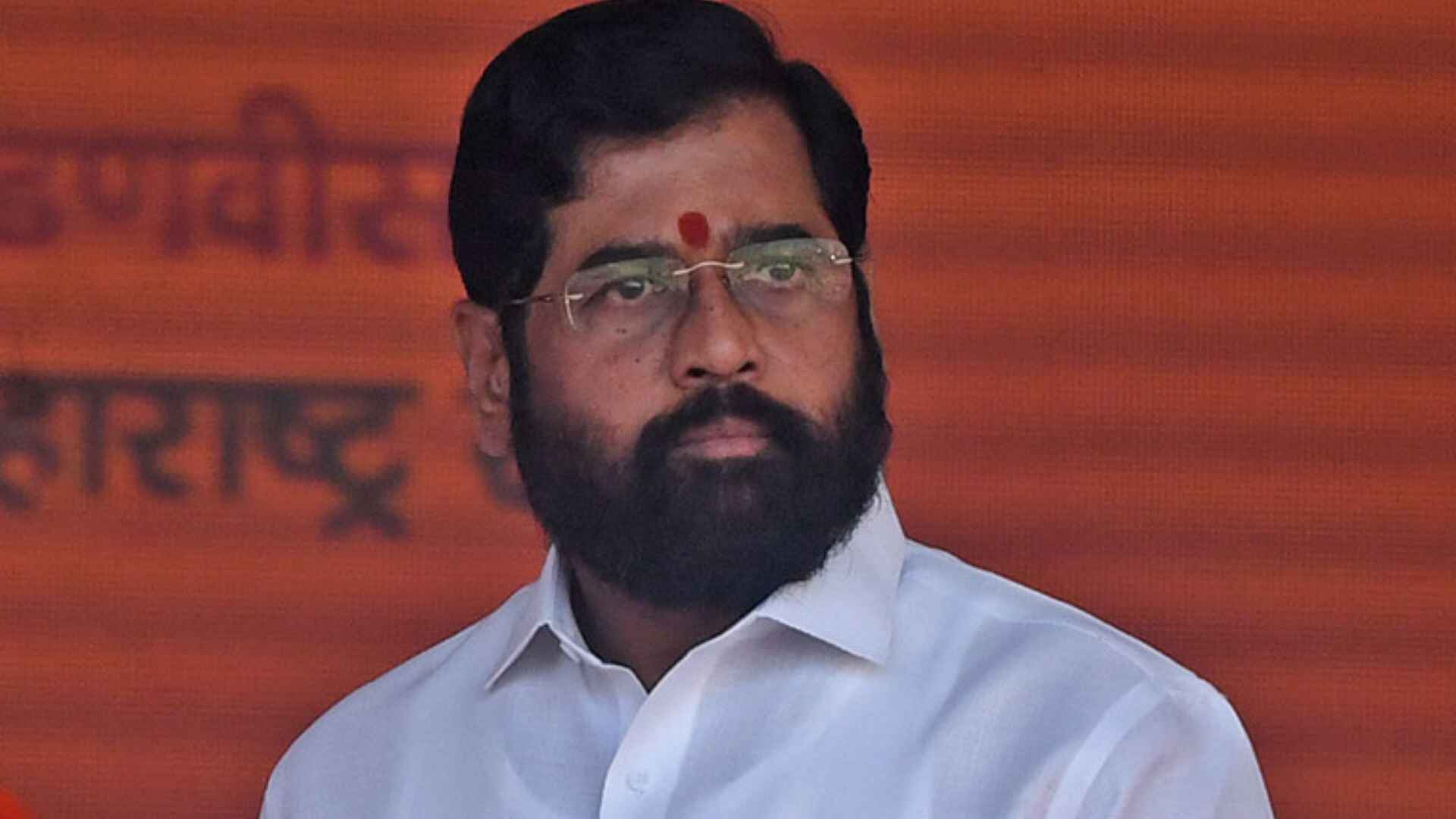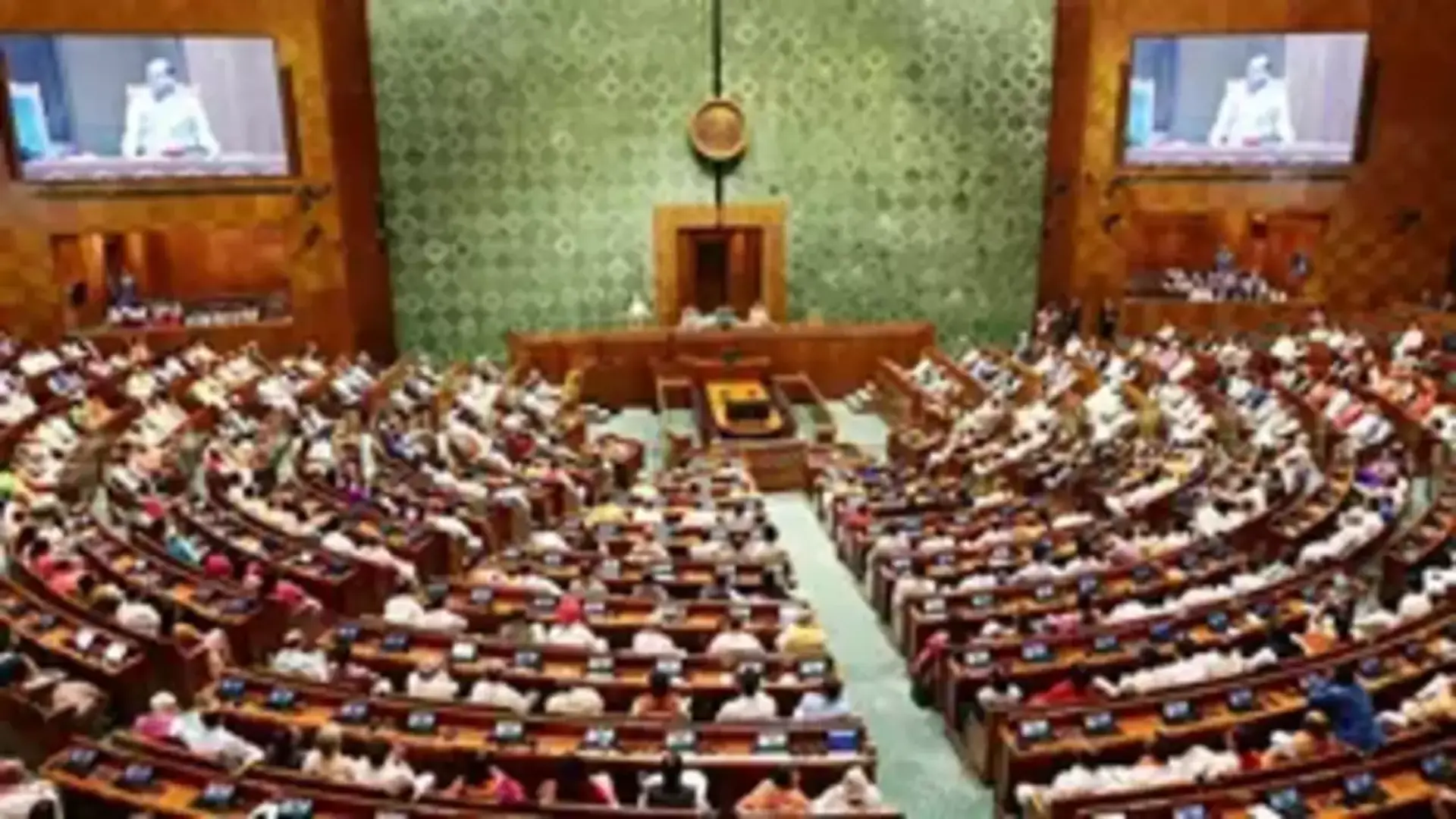
The military top brass of India and China will hold talks on Saturday to resolve the standoff in the Eastern Ladakh region and de-escalation of forces across the Line of Actual Control. Withdrawal of troops and removal of permanent and temporary structures are likely to feature among India’s demands in the meeting.
“Both the countries’ military delegations would be led by a Lieutenant General-level officer and talks to start by 9 am at Border Personnel Meeting Point at Maldo,” said government sources.
The meeting will be between Lieutenant General Harinder Singh, the general officer commanding of Leh-based 14 Corps, and his Chinese counterpart who heads the People’s Liberation Army’s Group Major General Liu Lin, Commander, South Xinjiang Military Region.
The Indian military delegation will also be “accompanied by translators”. India will demand that China maintain the situation as it was before this standoff and also remove all permanent and temporary structures put up by them, sources said. The delegation will deliberate on three major standoff positions: Hot Spring, Pangong Lake at Finger 4 and the Galwan Valley region, sources said.
Before this, talks between major general-rank officers of the two countries took place on 2 June that remained “inconclusive”. Sources said that China has made a slight retreat at Galwan Valley, one of the flashpoints leading to the standoff with India, in Ladakh region. In a bid to resolve the issue, China’s People’s Liberation Army moved back two kilometres and the Indian Army has moved back one kilometre.
Indian Army Chief M.M. Naravane is confident that the stand-off will be resolved at the military level talks, sources said.
China has deployed a large number of troops at the Line of Actual Control as reinforcements. Seeing this, the Indian Army has also deployed its forces accordingly.
Both the sides have deployed over 1,000 troops in an eyeball to eyeball confrontation at all the four places, says an ANI report. The Indian Army has kept a close watch in the Pangong Tso (lake) sector and the Galwan Valley region where the Chinese have enhanced deployment. Other than Pangong Tso that is extremely sensitive the other places that are volatile in the wake of the recent escalation are Trig Heights, Demchok and Chumar in Ladakh which forms the western sector of the India-China frontier.
The trigger for the face-off was China’s stiff opposition to India laying a key road in the Finger area around the Pangong Tso (lake) besides construction of another road connecting the Darbuk-Shayok-Daulat Beg Oldie road in Galwan Valley. The clash took place at Pangong Tso (lake) on May 5 when troops from both the armies were involved in the clashes leaving several from both sides injured.
Sources said that the standoff was not a spontaneous reaction to India’s road construction in Ladakh. Unusual activities were first noticed in the weeks before that clash. The current standoff in Ladakh is not the usual patrolling face-off but part of the new combative strategy that was rolled out by China after Doklam where, in 2017, there was a 73-day stand-off between Indian and China.
With agency inputs
